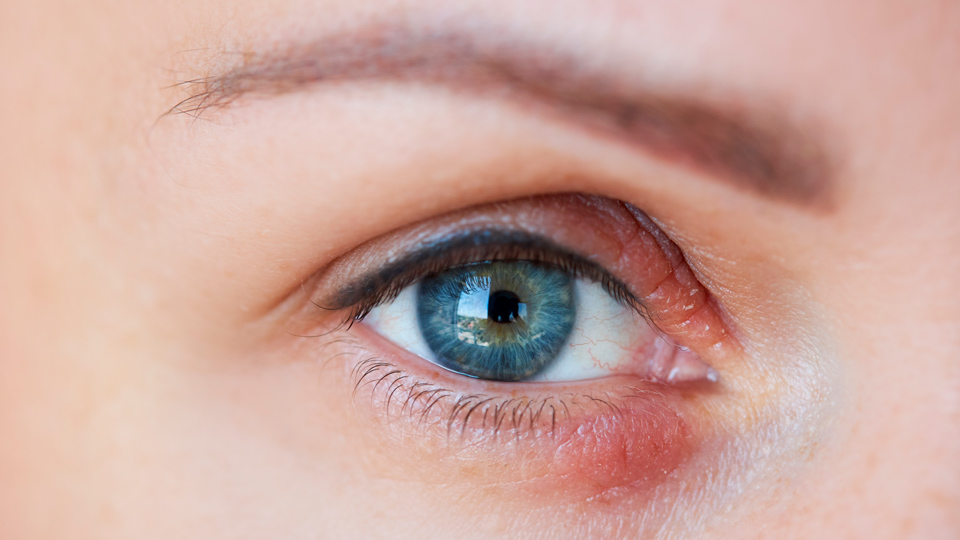Playing with mirrors: anamorphosis by reflection
05/05/2025

30/12/2024
Blepharitis is an inflammation of the eyelids, particularly along the eyelid margins, that can affect people of all ages, including adults and children. This condition may cause uncomfortable symptoms such as redness, itching, burning, tearing, light sensitivity, and a foreign body sensation in the eyes. While often chronic and not always curable, proper eyelid hygiene is essential to alleviate symptoms and prevent complications.
Types of blepharitis
Blepharitis is classified into two main types:
Lack of hygiene is often a contributing factor in infectious anterior blepharitis.
Long-term complications
Without proper management, blepharitis can lead to issues such as styes, chalazia (sebaceous cysts on the eyelids), and chronic surface eye conditions like conjunctivitis or corneal lesions, which may compromise visual quality. Additionally, it is often associated with dry eye syndrome, as inflammation affects tear production and quality, exacerbating ocular discomfort.
The importance of eyelid hygiene
Maintaining proper eyelid hygiene is crucial for controlling blepharitis. Regular cleaning removes bacteria, oil buildup, and cellular debris that contribute to inflammation. It also enhances the function of the Meibomian glands, reduces secretion buildup, and stabilizes the tear film. A consistent daily hygiene routine can alleviate symptoms and prevent recurrence.
How to perform effective eyelid hygiene
Follow these steps for proper cleaning:
Additional treatments and care
For both types of blepharitis, artificial tears can help maintain ocular lubrication until tear film quality is restored.
By following a consistent hygiene routine and adhering to treatments prescribed by a specialist, it is possible to control blepharitis symptoms and significantly improve quality of life.
Dr. Ainhoa Martínez Grau, Ophthalmologist at Barraquer Ophthalmology Centre
El ojo seco es una patología crónica que consiste en la escasez de la cantidad de lágrima y/o en el deterioro de la calidad de la misma produciendo una inflamación de la superficie del ojo. Las lágrimas son esenciales para mantener la superficie del ojo lubricada, proporcionarle nutrientes y protegerlo contra infecciones. En este capítulo hablamos con el doctor Rubén Delgado sobre algunas cuestiones básicas sobre el ojo seco y los tratamientos que ofrecemos en Barraquer.